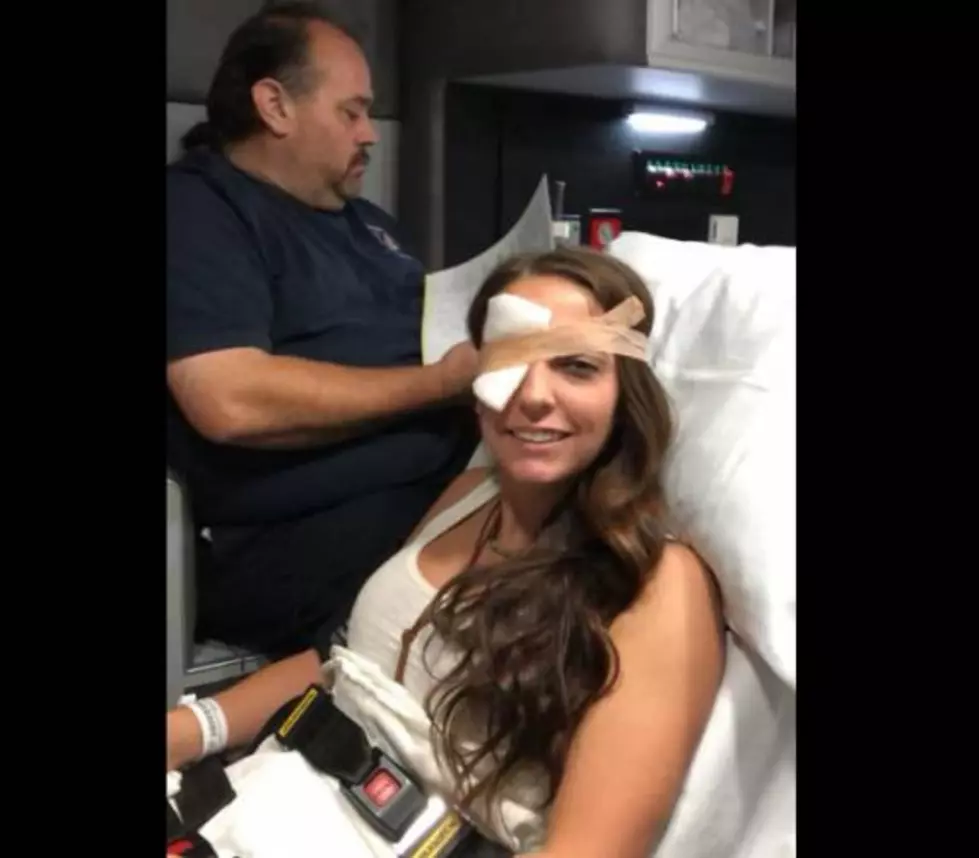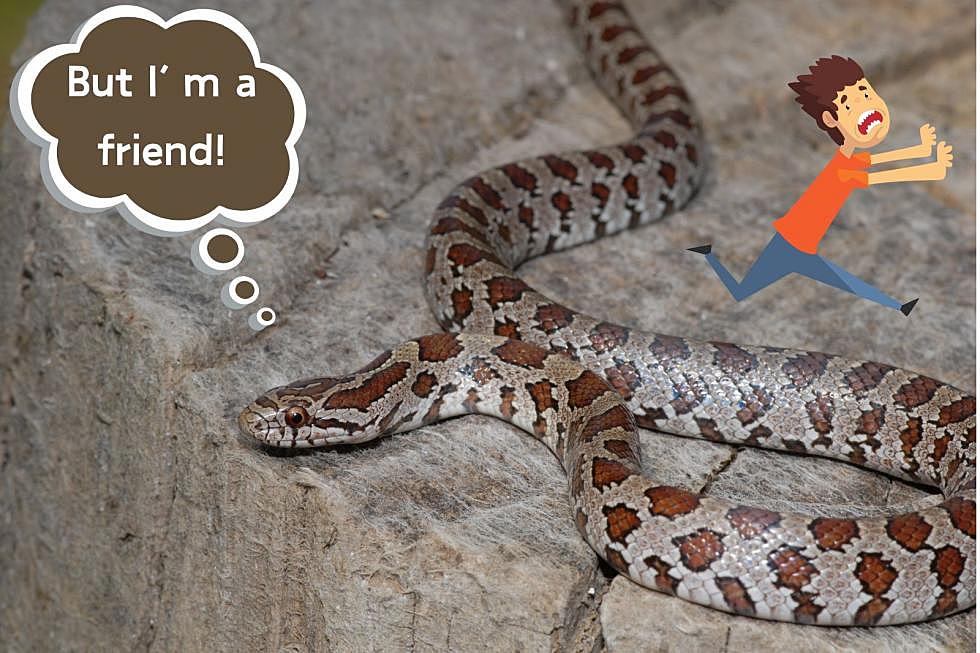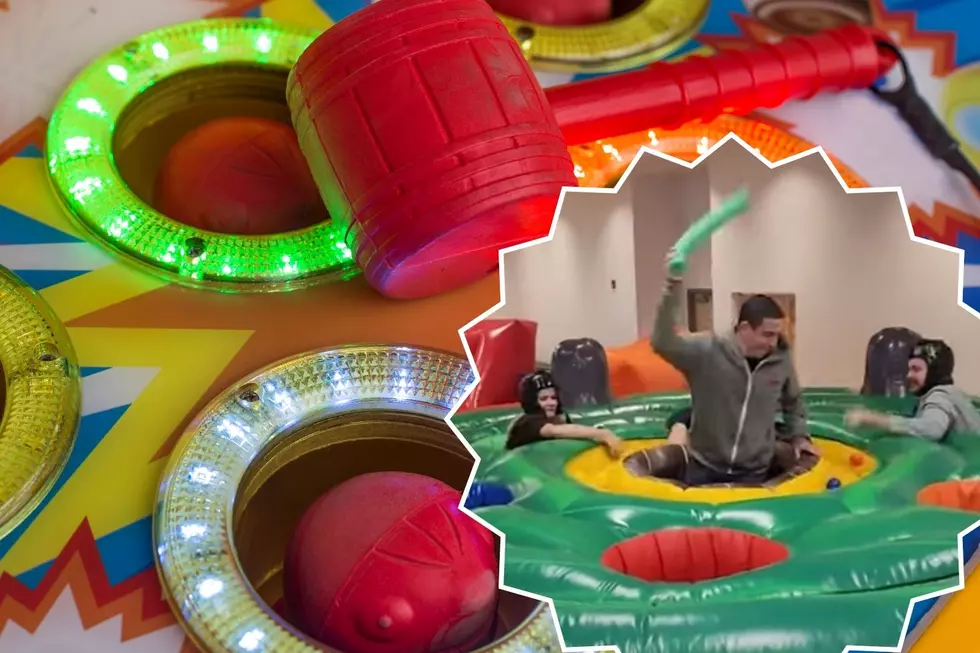
Canine Body Language and How to Approach a Dog
Kendal Connor of Whitesville had a weekend she, nor her sister, will ever forget. Kendal was in Evansville very early Saturday morning. There, she got out of a truck and was approached by a dog. When she leaned over to pet the animal, he bit her . . . in the eye. The injury was so severe that Kendal was transported from Evansville to Indiana University Health Methodist Hospital in Indianapolis where she was treated for "one of the worst" eye injuries her treating physician has ever seen. Now, Kendal's sister, Tara Groves, a Licensed Veterinary T. echnologist, is sharing some tips on how to read canine body language and how best to approach a dog.
Here's a look at the injuries Kendal sustained in the incident. As you can see, the injuries to her right eye are significant and scary. The incident was obviously traumatic and Kendal's sister Tara is doing what she can to prevent this from happening to someone else.
In Tara's estimation, this should be the golden rule-
She says, "I think it’s best NOT to approach an unfamiliar dog." However, Tara has written an important guide to help educate the public about canine body language and how to properly approach a dog if you ultimately choose to do so. According to Tara, this will make it easier to know when interacting with a dog is unsafe.
Tara says:
There are a few things to consider when reading a dog’s body language: the eyes, ears, mouth, tail, and body posture. These characteristics can be observed in what is called a dog’s play bow. A play bow is the dog’s invitation to play, a welcoming posture. The dog’s eyes are in a natural position; its ears are erect; its mouth is closed or panting; its tail is up, wagging; and its posture displays a playful bow. In this position, a dog is telling you it wants to play; it is ready for you to finally throw the ball. A not-so-playful dog will display different characteristics. This dog avoids eye contact, or its pupils are dilated and eyes wide open; its ears are pinned back; its mouth is in a tense position, possible raising its muzzle and displaying teeth; its tail is lowered or tucked between its legs; and its posture is tense, bearing its weight on its front legs or crouching down. This dog displays a scared or aggressive behavior. It is warning you that it does not want to be approached. Continuing to approach a dog displaying these signs can lead to your being injured.
Here's what happened in Tara's sister's situation. Kendal and her friend were returning to her friend’s house for the night when Kendal noticed a stray dog in the yard. When she noticed the dog, she approached it. Kendal bent over to pet the dog, but, without warning, it jumped up and bit her in the face. Tara believes the dog was likely showing warning signs and exhibiting red flags her sister didn't notice.
That said, Tara understands that "What my sister did was common. People often want to love on dogs, to lean over and pet them when they are around."
However, as Tara notes, the fact that Kendal leaned over to pet the dog is likely what caused the animal to attack. According to Tara and other animal behavior experts, "leaning over a dog is often perceived as a threatening gesture." Here are some other tips to consider.
You should SLOWLY and QUIETLY approach the dog
Avoid making eye contact with the animal
Make yourself appear smaller (Don't raise your hands or put them on your hips)
Tara also suggests some keys tips to remember when trying to pet an unfamiliar dog:
When you attempt to pet a dog, keep in mind you should never reach straight over to pet it on top of the head. Instead, you should squat down, bending at the knees, and slowly offer the palm of your hand to allow the dog to smell you.
Tara says her sister Kendal is lucky. The injuries she sustained could have been much worse. Luckily, doctors say that Kendal will make a full recovery, with minimal scarring and no permanent damage to her vision. But it's Kendal's incident that has promoted Tara to share these tips. The truth is, incidents like this are not necessarily uncommon. And, because of that, Tara has what could be the most important reminder of all . . .
At the end of the day, though we may recognize our pets as a part of the family, we must remember they are still animals and potentially dangerous, especially if they perceive a threat. We must practice safety and teach others how to avoid unsafe situations.
Tara asked us to share the following resources with you. Each will help educate yourself about canine body language and how to properly approach a dog.
And as for Kendal, she is going to be okay. She isn't going to be able to drive for a while and she's going to continue to be sore and swollen. But, thankfully, she'll make a full recovery. And, she and her sister Tara hope their story will prevent another like this from happening.
Tara Groves is a Licensed Veterinary Technologist. She teaches at Owensboro Community and Technical College and works at Kentuckiana Animal Clinic.
More From WBKR-FM









